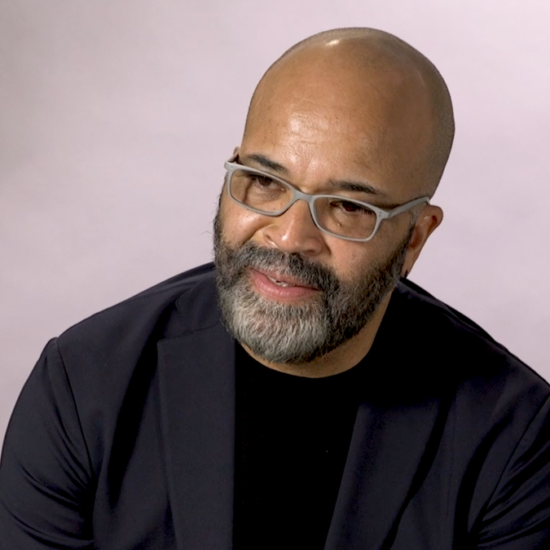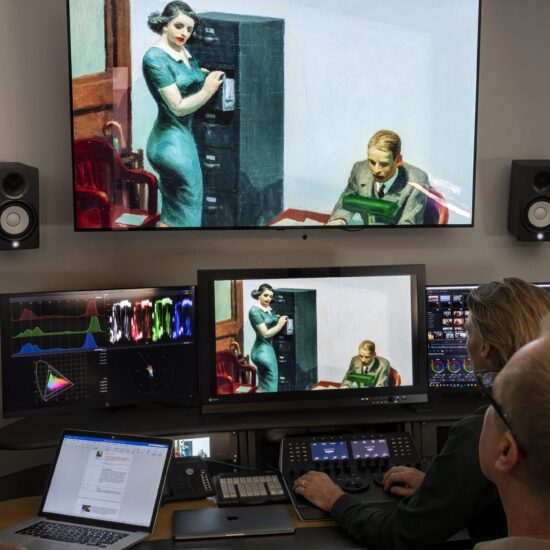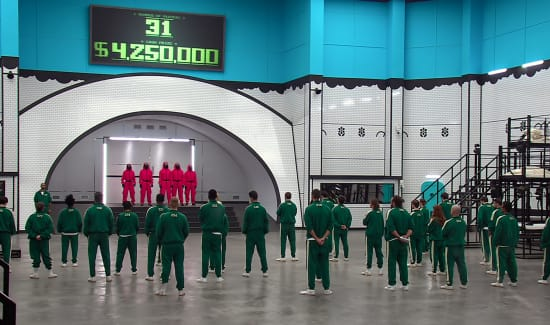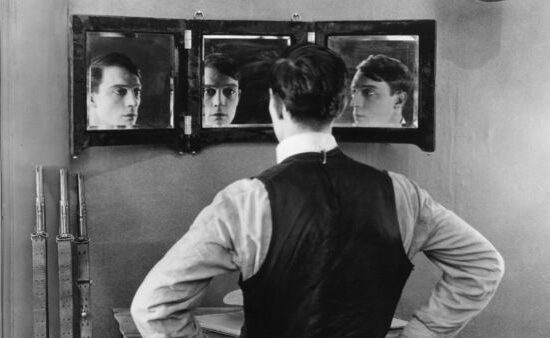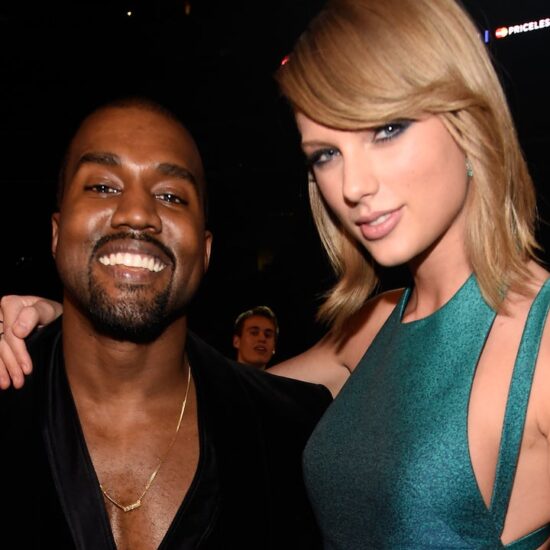
Edward Hopper’s work is some of the most recognizable art in America and his influence is everywhere—in movies, TV shows and museums.
In Hopper’s work, portraits of America emerge in a variety of urban and rural settings. Hopper himself was an enigmatic, yet wildly popular artist whose career was deeply influenced by his relationship with his wife, Josephine Nivison. This timeline explores Edward Hopper’s life and the major milestones in his career.
EARLY LIFE
On July 22, Edward Hopper is born in Nyack, New York to Garrett Henry Hopper, a dry-goods merchant,
and Elizabeth Griffiths Smith Hopper, an outgoing woman who encourages Hopper’s creativity.
1882

Hopper enrolls in the New York School of Art to study illustration, then switches to painting under William
Merrit Chase, Robert Henri and Kenneth Hayes Miller.
1900–1905

Hopper goes to work as an illustrator for Phillips & Co. in New York City. In the fall, he takes the first of three trips to Paris to study French, impressionism, architecture, and experimenting with light—experiences key in shaping
his personal style.
1906

Hopper moves to New York City.
1908
FIRST SALE
Hopper sells his first painting, “Sailing,” at the Armory show, and relocates to 3 Washington Square
North, where he would live and work for the rest of his life.
1913

Hopper’s first solo exhibition, at the Whitney Studio Club, generates no sales and little critical attention.
1920

Hopper consigns prints to the Frank Rehn Gallery in New York, the art dealer that represents Hopper for the rest of his life.
1921
Hopper visits Gloucester, Massachusetts, where he meets fellow artist Jo Nivison, who encourages him to paint more than a
dozen watercolors. At Jo’s urging, the Brooklyn Museum agrees to show several of Hopper’s
watercolors and buys “Mansard Roof” for its permanent collection.
1923

MEETING JO NIVISON
Hopper marries Jo Nivison with Guy Pène du Bois as his best man, and visits Gloucester for the summer.
1924

The Whitney Museum buys “Early Sunday Morning,” and the Hoppers make their first visit to Truro on Cape Cod, where they will spend almost every summer, often staying into fall, for the
rest of their lives.
1930

The Hoppers’ road trip to California and back. Arnold Newman photographs Hopper.
1941

THE CREATION OF “NIGHTHAWKS”
Hopper paints “Nighthawks” which is purchased by The Art Institute of Chicago and quickly becomes Hopper’s signature image.
1942
Fuel rationing prevents the Hoppers’ summer drive to Truro, so they take the train to Mexico,
returning three more times.
1943
Hopper is inducted into the American Academy of Arts and Letters, and appears on the cover of
Time magazine.
1956

MAJOR RETROSPECTIVE
Hopper has a major retrospective at the Whitney Museum of American Art, including 74 oils, 62 watercolors,
numerous etchings and drawings.
1964
In Truro, Hopper completes his last painting, “Two Comedians,” showing two Pierrot figures, male
and female, taking a final bow.
1966
On May 15, an 84-year-old Edward Hopper dies quietly in his Washington Square studio and is buried in
Nyack.
1967

On March 6, Jo dies and bequeaths Hopper’s work and many of her own paintings—over 3,000 works—to the Whitney Museum of American Art.
1968









